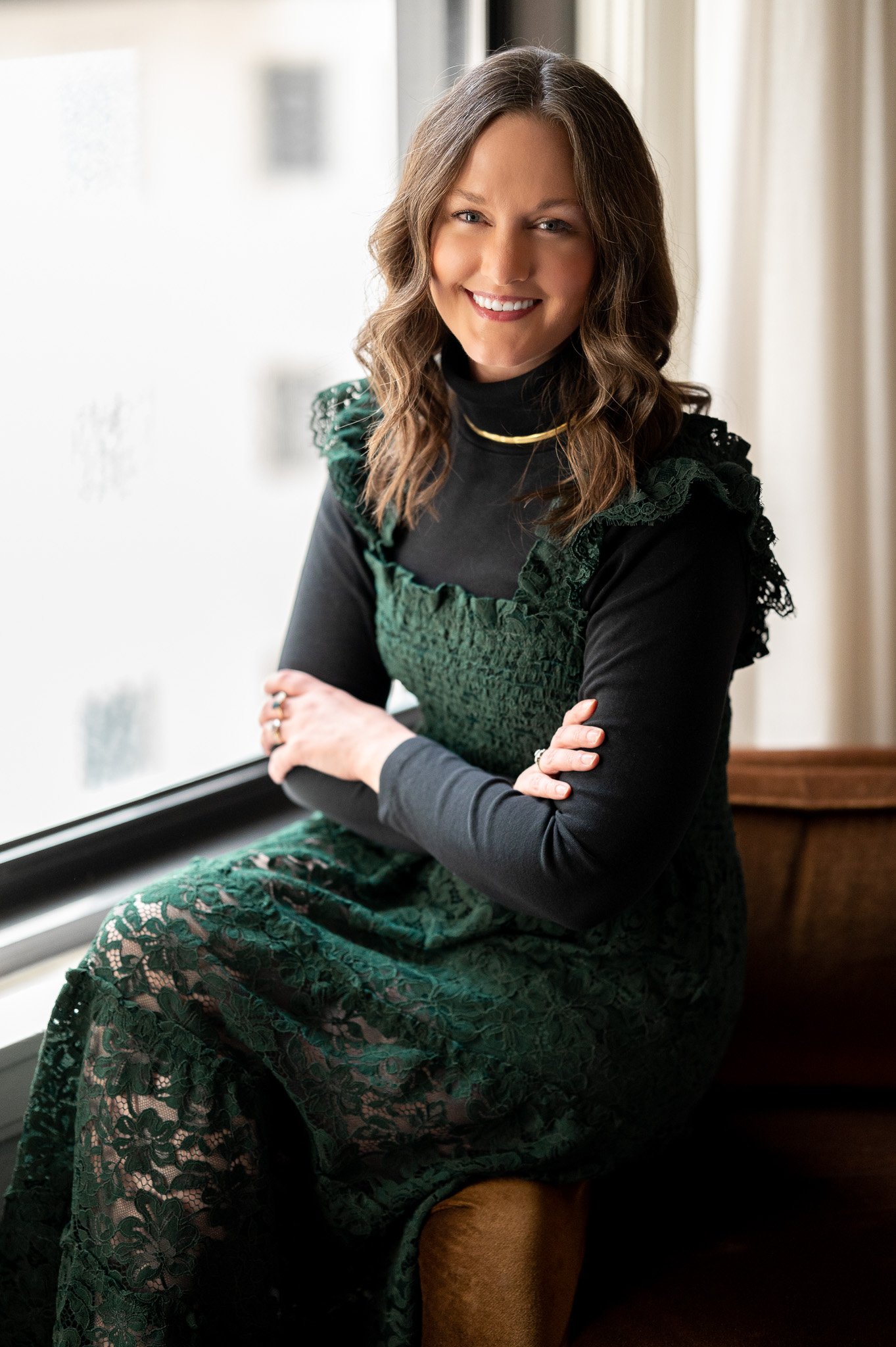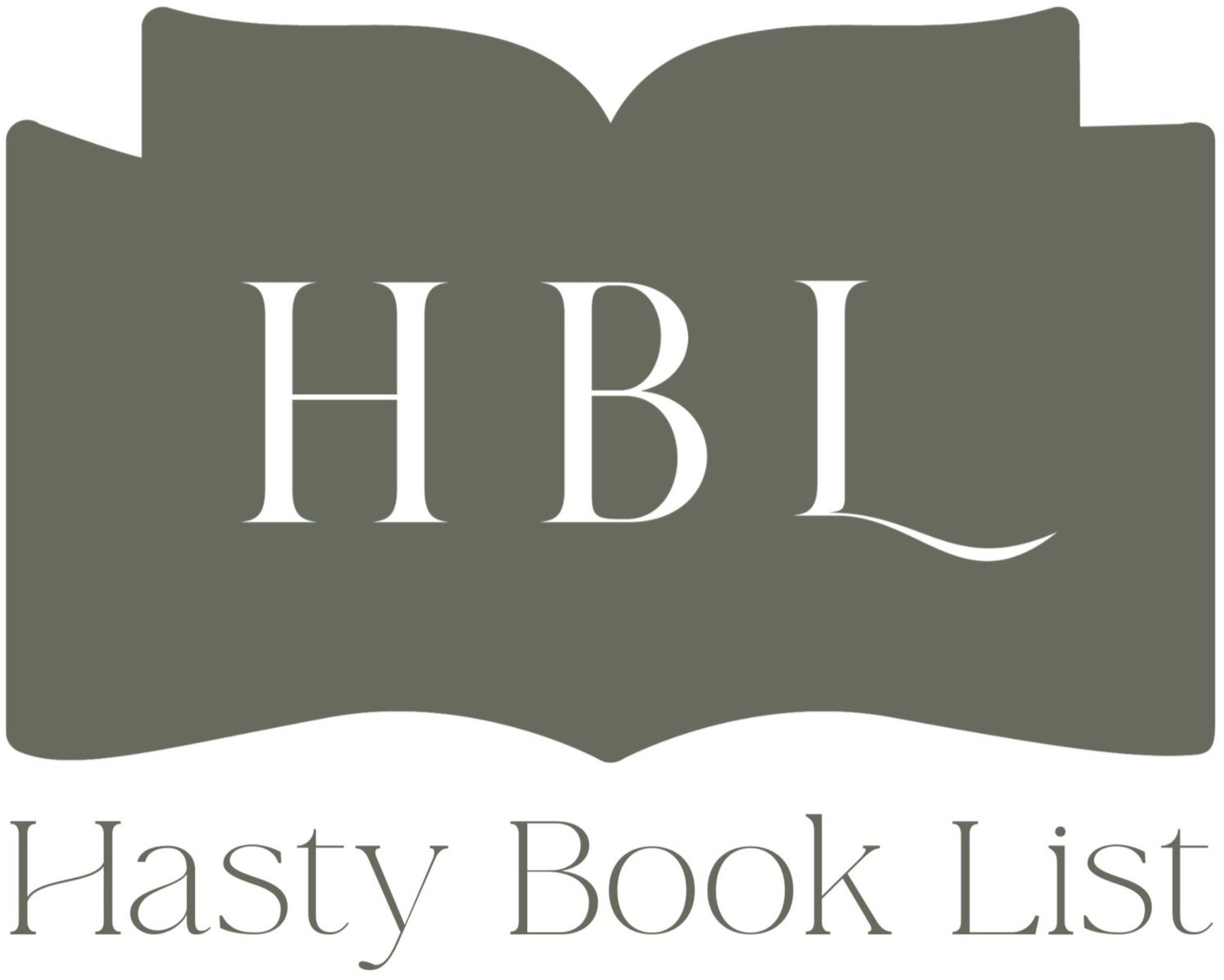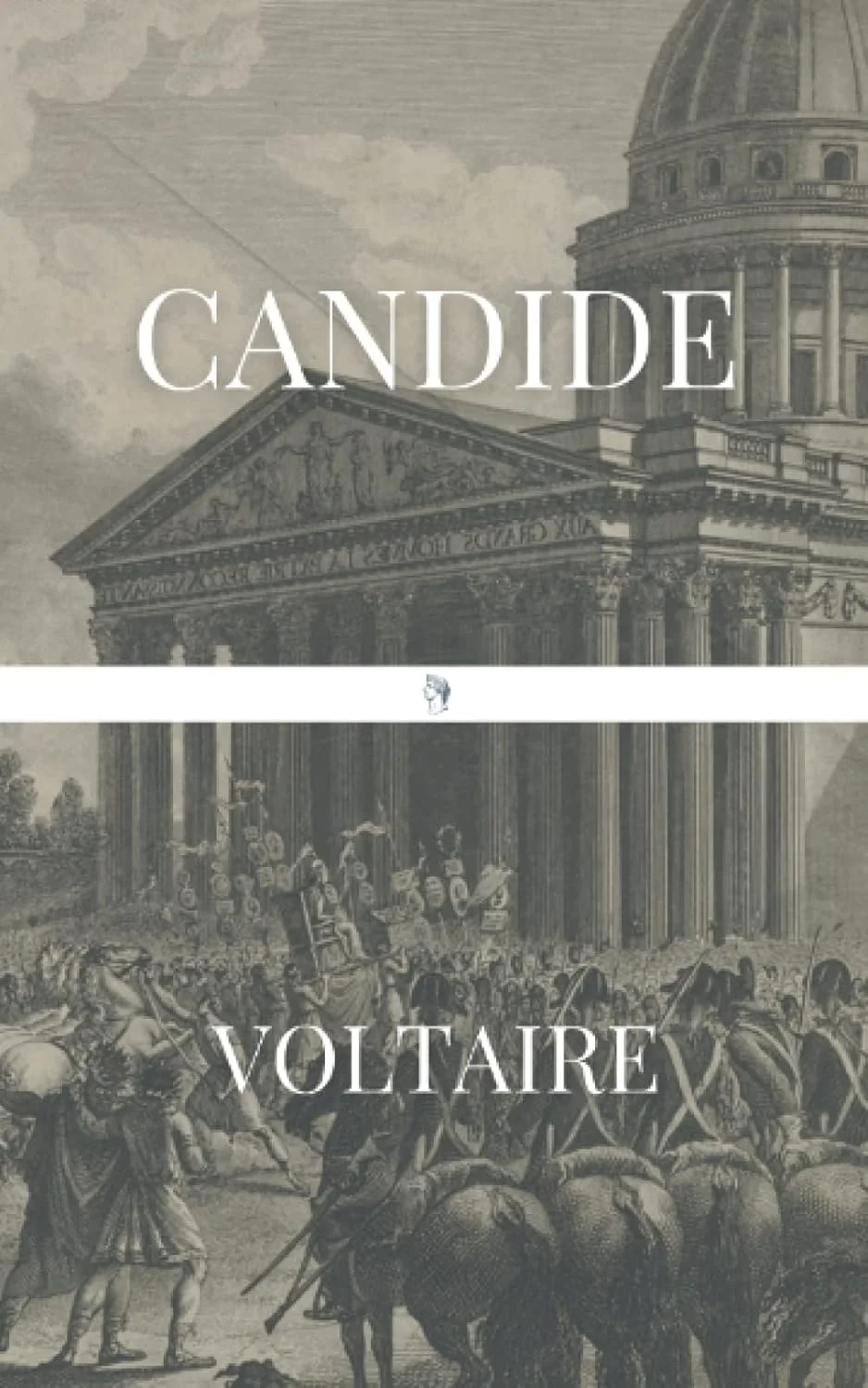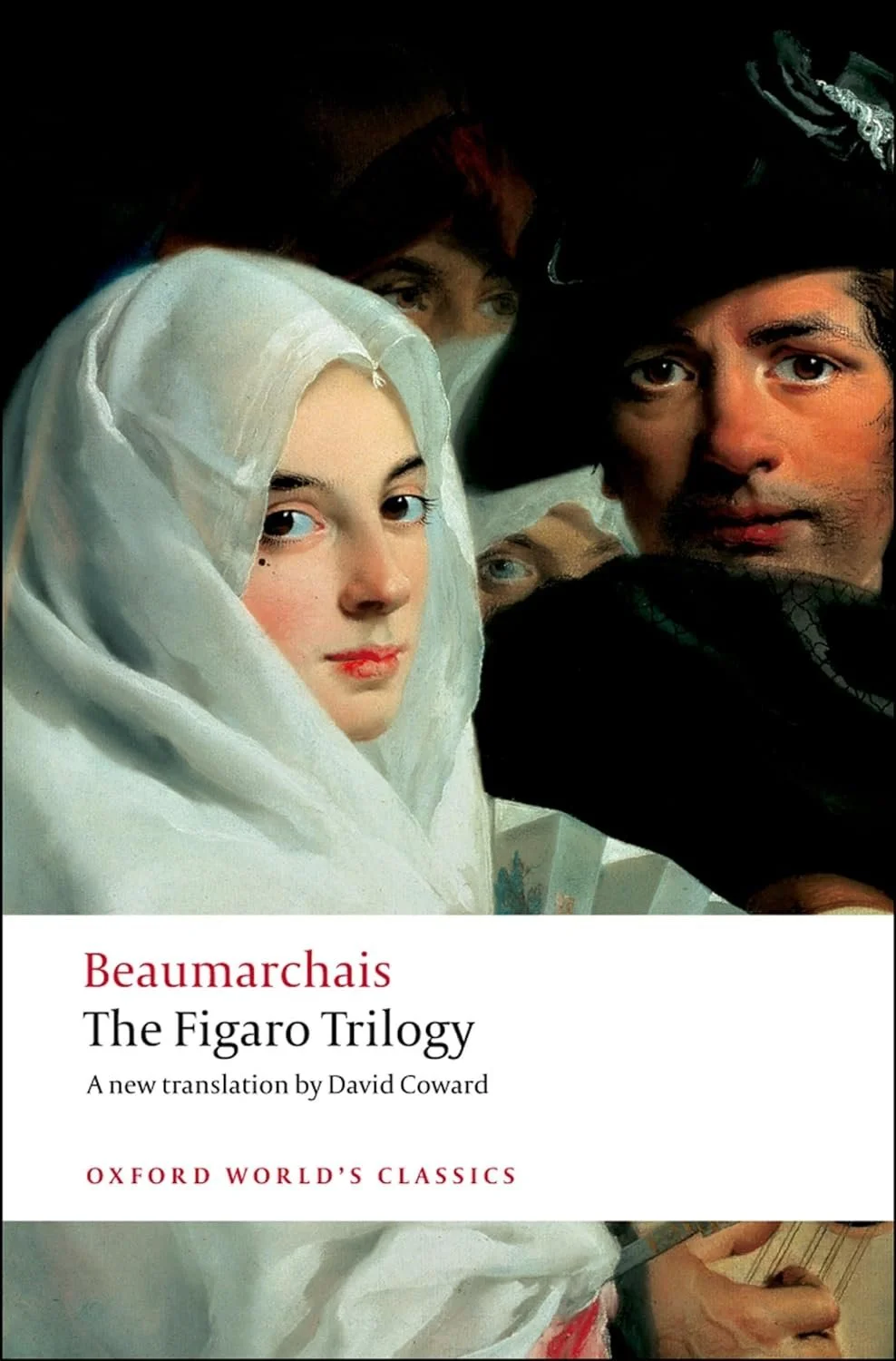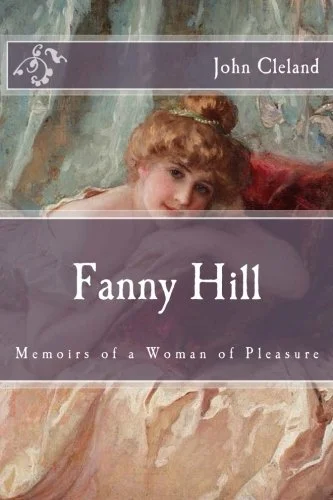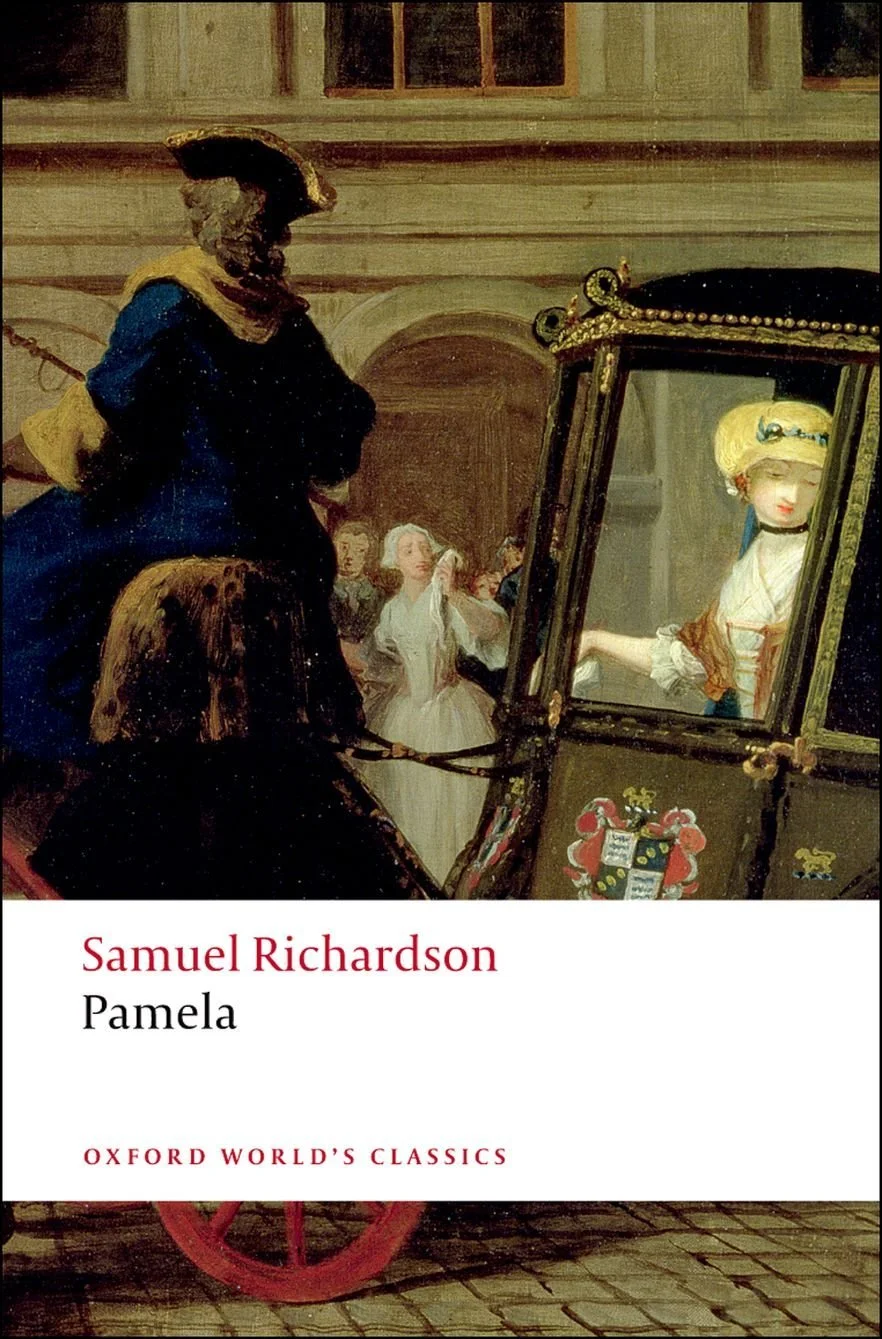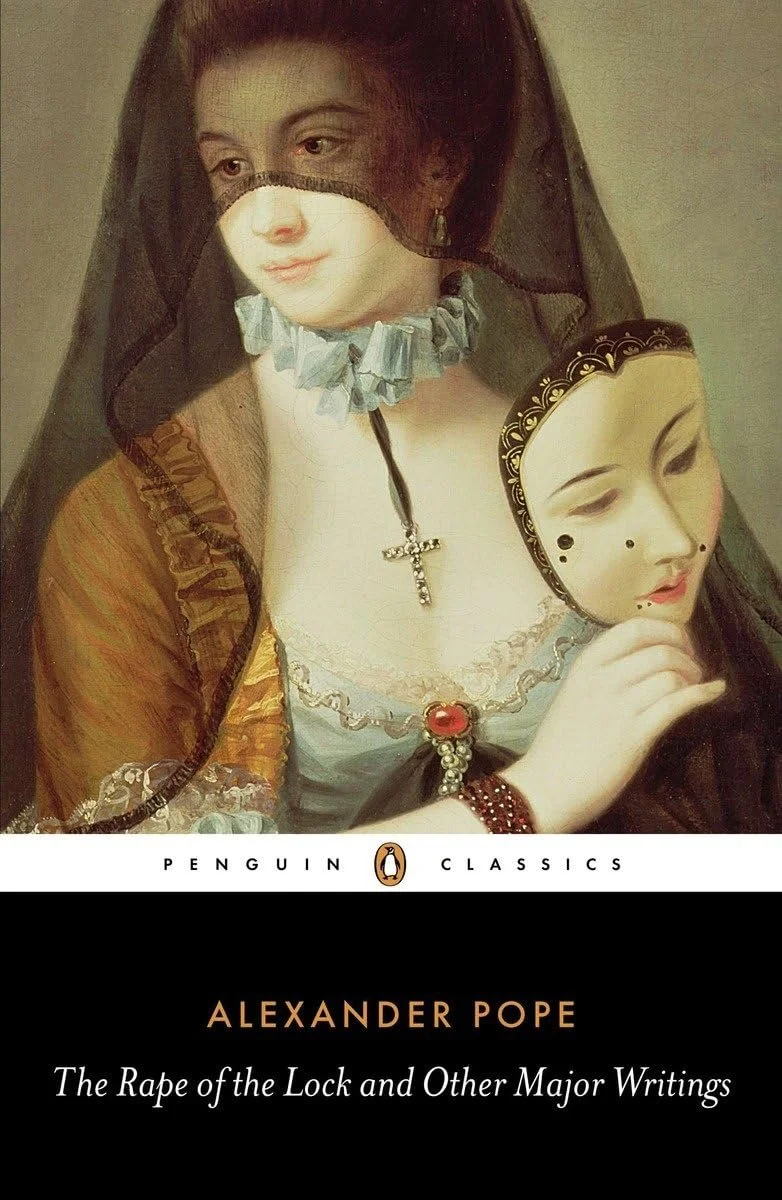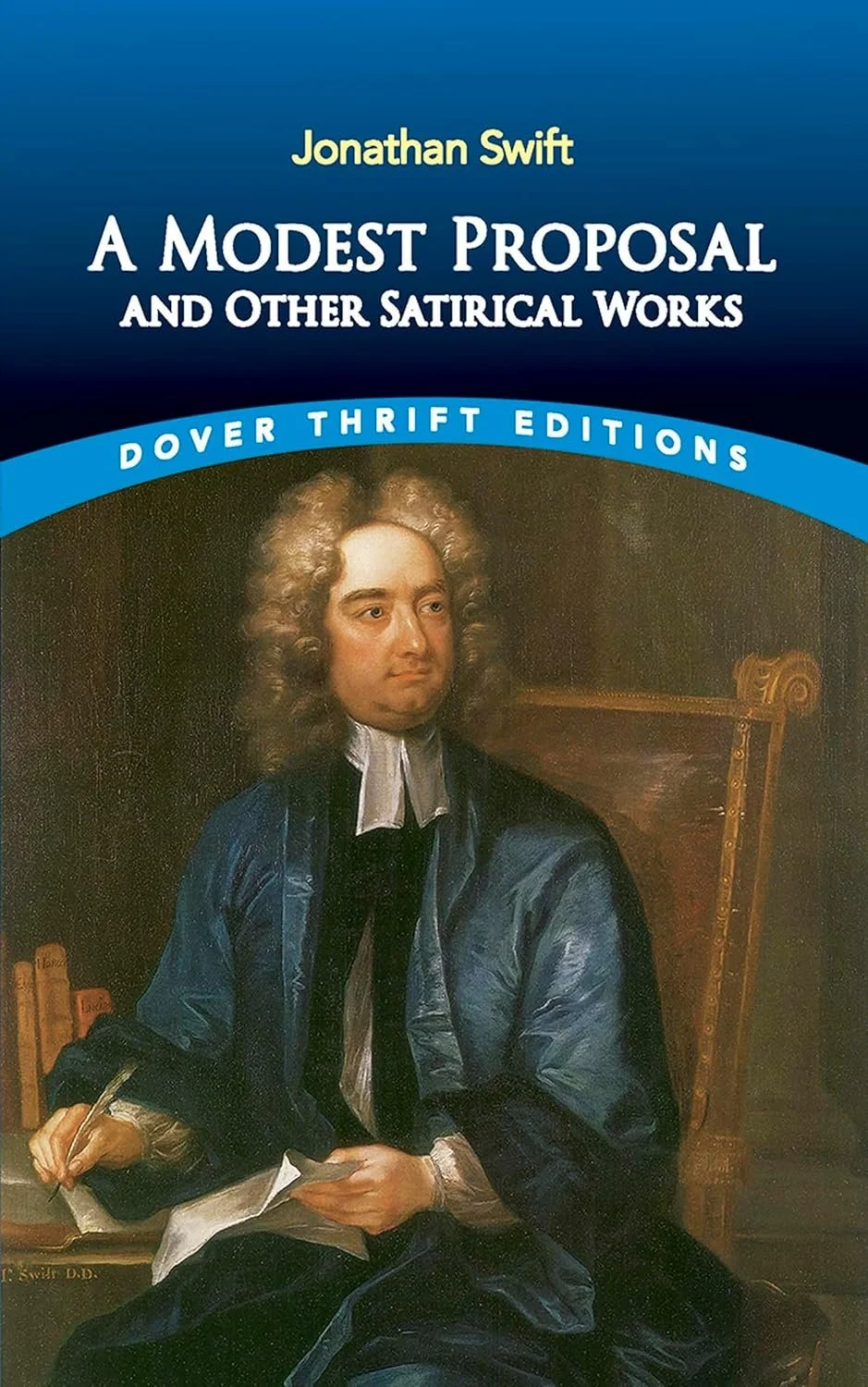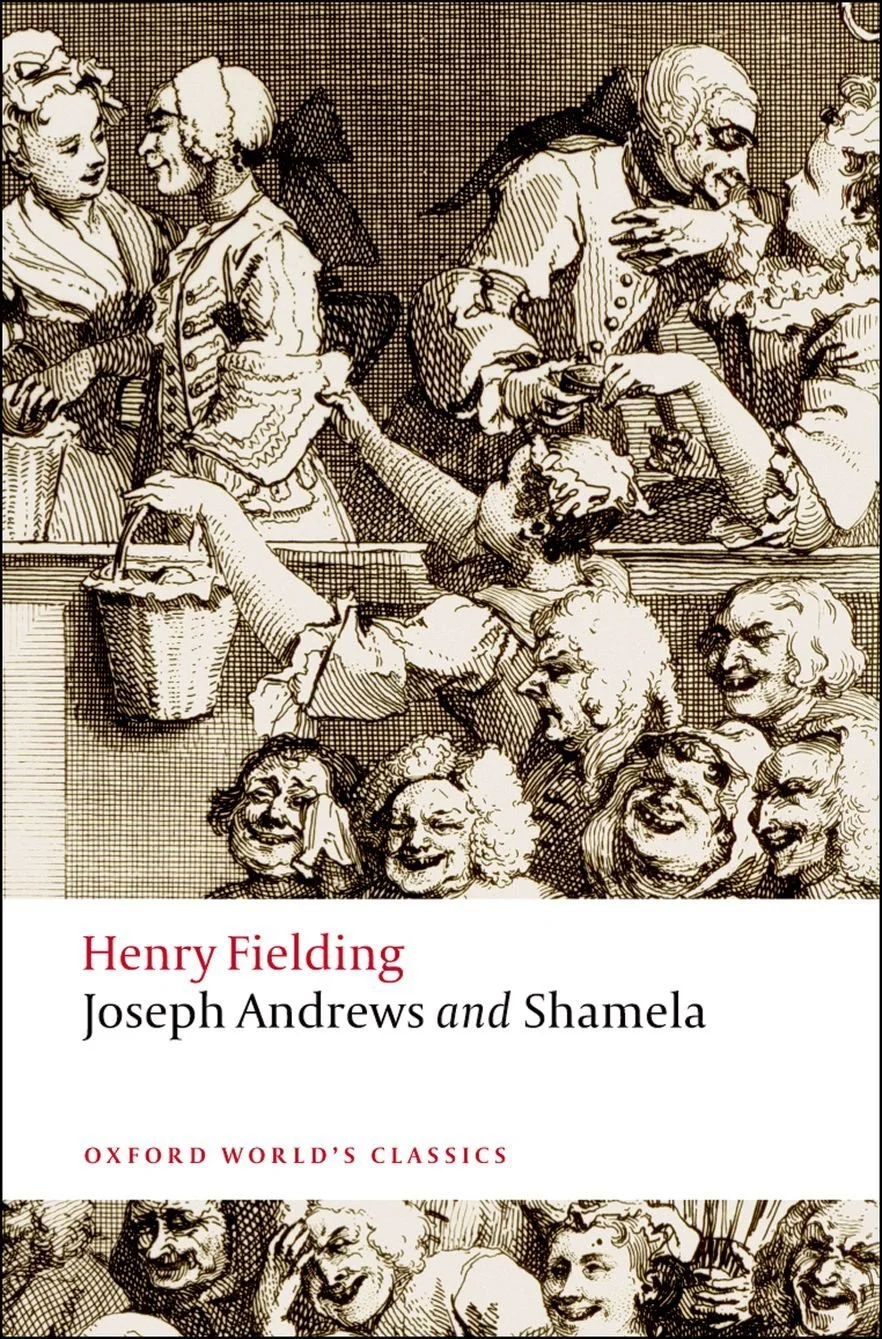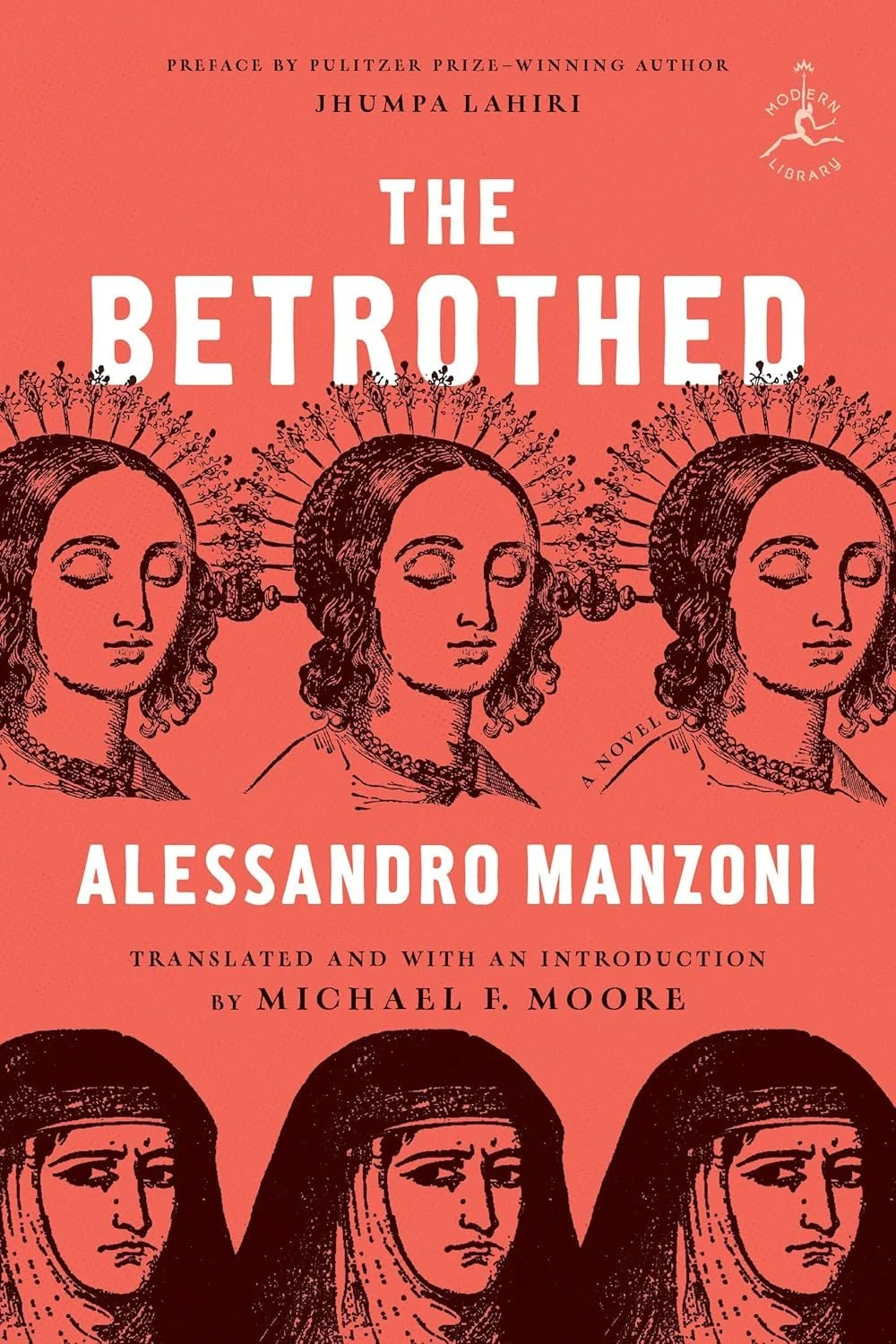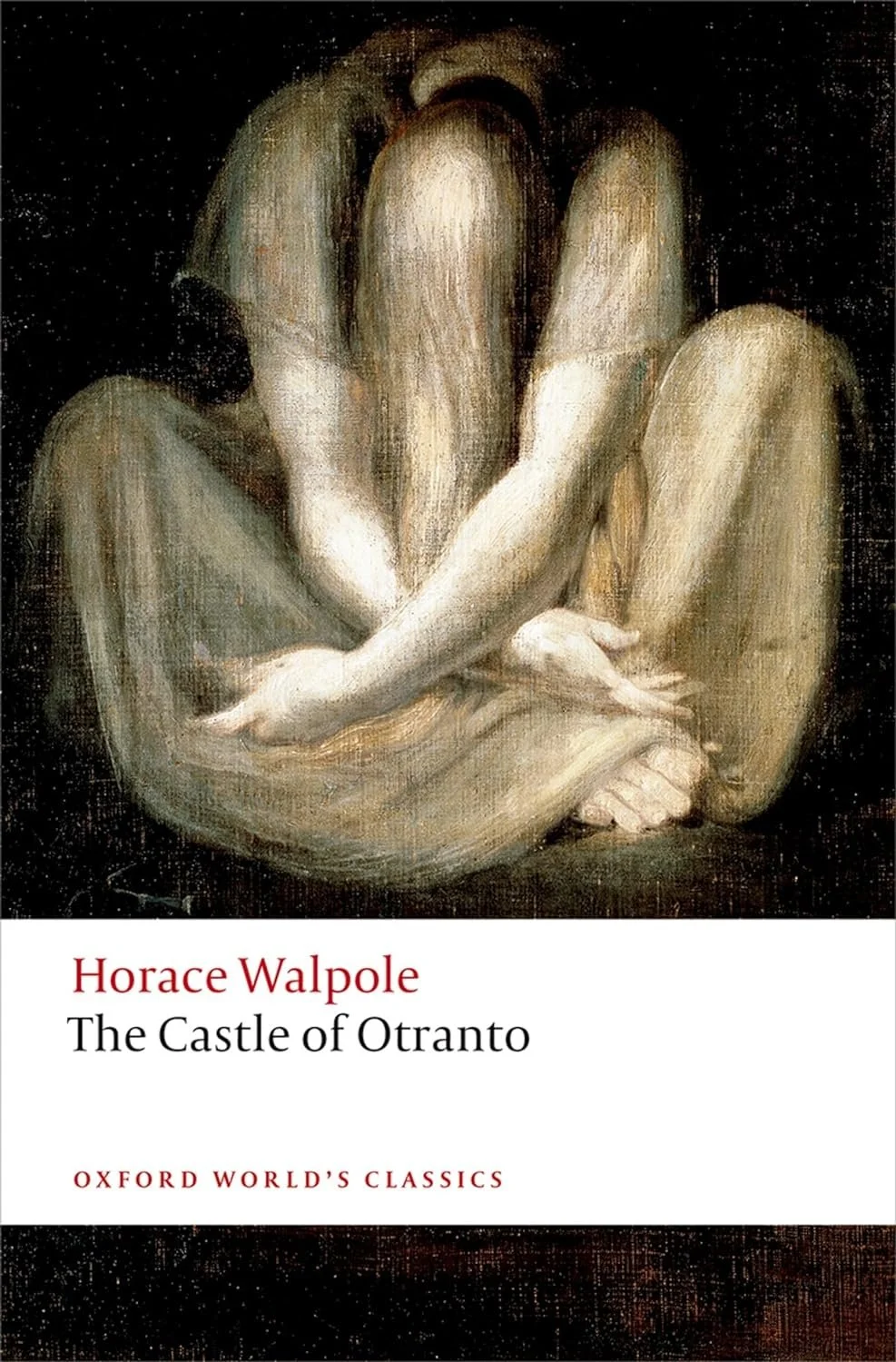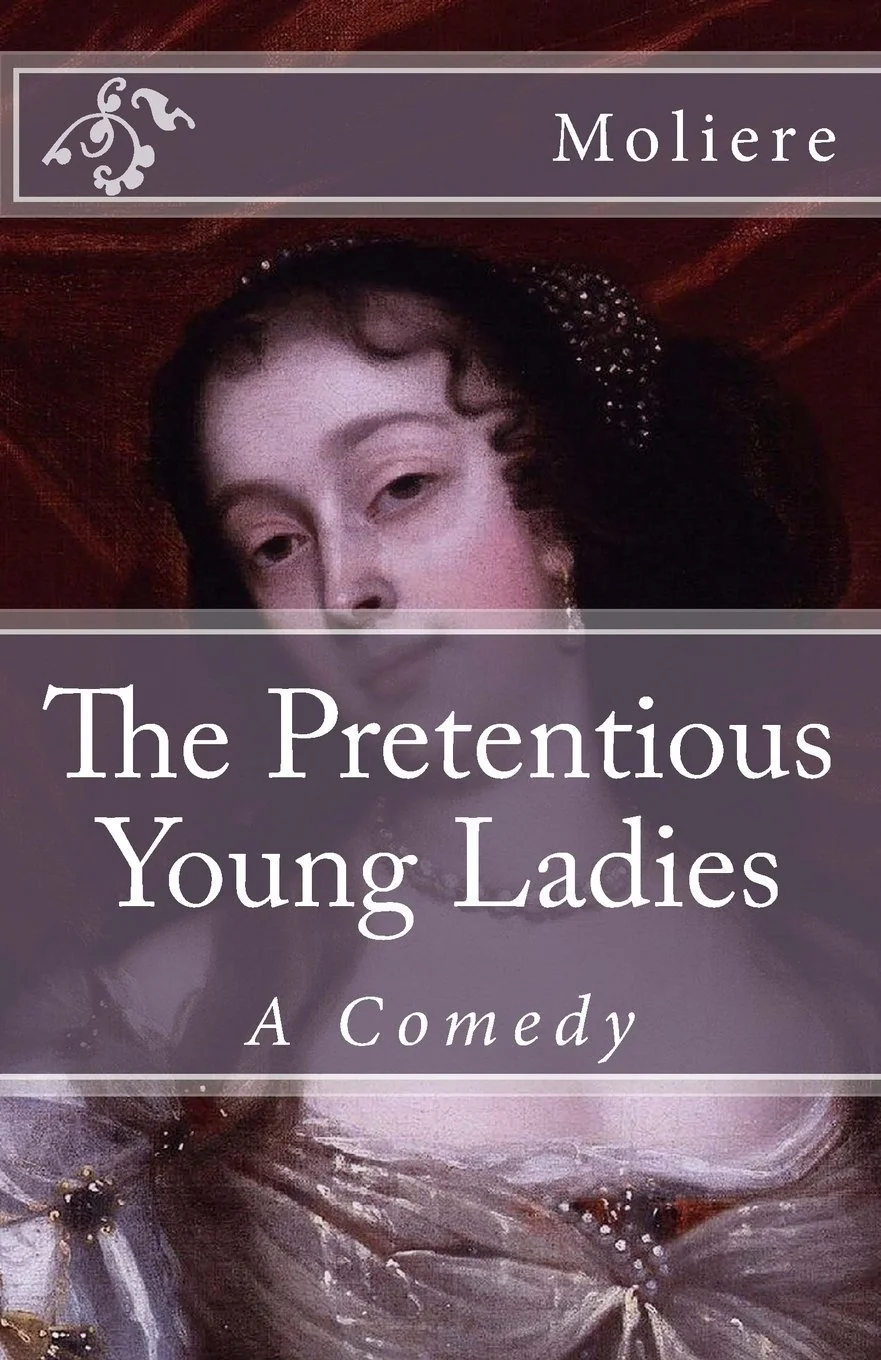Books Set During the Rococo Period
The Rococo period, a celebration of opulence, whimsy, and artful grandeur, emerged in the early 18th century as a shift away from the solemnity of the Baroque. Known for its playful yet elaborate style, Rococo quickly spread across Europe, influencing architecture, interior design, fashion, and the arts. In this post, we'll explore the history and aesthetic of the Rococo period, discover how its signature look is interpreted today, and round up newly published books set in this fascinating era.
A Brief History of the Rococo Period
The Rococo period originated in France in the early 1700s, flourishing under the reign of King Louis XV. As Europe transitioned from the grandeur and seriousness of the Baroque style, Rococo emerged as a lighter, more decorative form of artistic expression. Often referred to as "Late Baroque," Rococo celebrated asymmetry, pastel color palettes, and nature-inspired motifs like shells, flowers, and clouds.
Initially seen in aristocratic salons and palaces, the style reflected the leisure and extravagance of the French elite. Notable examples include the interiors of Château de Chantilly and Hôtel de Soubise. Rococo also influenced painting, with artists such as Jean-Honoré Fragonard and Antoine Watteau depicting themes of love, romance, and idyllic escapism.
The movement began to fade by the late 18th century as the Neoclassical period arose, ushering in a return to order and symmetry inspired by ancient Greece and Rome.
The Rococo Aesthetic: Light, Playful, and Ornate
At its core, the Rococo aesthetic is characterized by elegance, lightheartedness, and a keen attention to detail. Some key features of Rococo include:
Pastel Hues: Soft pinks, powder blues, creams, and mint greens dominated Rococo design.
Asymmetry and Curves: Unlike the structured Baroque, Rococo embraced flowing lines and organic shapes.
Nature Motifs: Flowers, leaves, seashells, and cherubs appeared in art, furniture, and architecture.
Intricacy and Ornamentation: Delicate embellishments adorned everything, from gilded frames to embroidered gowns.
The Rococo fashion of the time was equally extravagant, with voluminous skirts, intricate lace, silk fabrics, and playful embellishments. Accessories like fans, powdered wigs, and bejeweled shoes became hallmarks of the aristocratic wardrobe.
The Rococo Revival: Interpreting the Style Today
The influence of the Rococo period remains alive, especially in modern fashion, accessories, and even interior design. Today's interpretations favor the whimsical yet refined qualities of the Rococo aesthetic. Here's how we see it reimagined:
Fashion: Designers like Vivienne Westwood and Alexander McQueen have embraced Rococo-inspired silhouettes with ruffles, corsetry, and intricate embroidery. Modern collections often pair voluminous skirts with contemporary tailoring for a fresh twist. Look for pieces with lace details, soft pastels, floral appliqués, and luxurious fabrics like silk and velvet. Contemporary fashion incorporates the playful charm of Rococo without the excess, blending statement Rococo elements with modern minimalism for balance.
Accessories: Baroque pearl jewelry, ornate hairpins, and pastel-toned handbags pay homage to the era's love of detail. Fans and brooches have seen a resurgence as statement pieces. Headbands adorned with pearls and florals, as well as shoes with intricate embellishments or embroidery, bring a Rococo touch to modern wardrobes without feeling costume-like.
Home Decor: Rococo-inspired interiors favor gilded mirrors, floral wallpapers, and soft color palettes to evoke romance and luxury in a modern setting. Furniture featuring curved legs, intricate carvings, and soft upholstery can serve as statement pieces. For a contemporary twist, add Rococo-inspired elements like ornate chandeliers, decorative molding, or vintage botanical prints to a minimalist room. A subtle Rococo influence—through texture, color, and embellishment—can achieve a sophisticated, modernized look.
Beauty and Lifestyle: The beauty world has embraced Rococo elegance, with makeup trends highlighting soft, dewy skin, rosy cheeks, and pastel eyeshadows. Hairstyles featuring soft curls, ribbons, and embellished hairpins bring a nod to 18th-century luxury. In lifestyle spaces, Rococo themes appear in tablescapes, wedding aesthetics, and event design, favoring intricate, romantic, and nature-inspired details.
This revival proves that Rococo's opulent, dreamy aesthetic still captivates those seeking to blend historical beauty with modern sensibilities. By choosing curated pieces that reflect Rococo's signature elegance, today’s designers, fashion enthusiasts, and creatives can celebrate its playful charm in a way that feels timeless.
I want to note that I do not get paid to do these posts, I just love authors and the book industry. However, they do take time and energy to create. If you want to donate a few dollars to my coffee fund, which keeps this blog going, you can do so here: https://venmo.com/AshleyHasty or here: http://paypal.me/hastybooklist.
Books Set During the Rococo Period: A Reading List
Here’s a list of books set during the 18th century, focusing on themes, societal structures, and aesthetic values relevant to the Rococo period:
Candide by Voltaire
About: A satirical novella following Candide, a young man who embarks on a series of absurd adventures around the world. It critiques the optimism of the Enlightenment and the hypocrisies of society.
Why it appeals: Voltaire’s sharp wit and critique of the aristocratic excesses, which were rampant during the Rococo period, reflect the period’s tensions between opulence and moral decay.
The Marriage of Figaro by Pierre-Augustin Caron de Beaumarchais
About: This comedic play revolves around Figaro, a clever servant who outwits his noble master, Count Almaviva, to prevent a marriage he wants to break up. The play satirizes the French aristocracy’s abuses of power.
Why it appeals: The play offers a humorous and biting critique of the social hierarchies and the frivolousness of the Rococo elite, showing the tensions between classes.
Fanny Hill by John Cleland
About: One of the first erotic novels in English, Fanny Hill tells the story of a young woman’s sexual adventures, exploring themes of morality, love, and social mobility.
Why it appeals: The novel offers a glimpse into the sexual and social dynamics of the time, reflecting the sensual and decadent lifestyle associated with Rococo art and culture.
Pamela, or Virtue Rewarded by Samuel Richardson
About: The novel follows the story of Pamela Andrews, a young maid whose virtue is tested when her wealthy employer attempts to seduce her. It focuses on themes of virtue, social class, and the moral expectations of women.
Why it appeals: The novel presents the moral codes of the time, contrasting the virtuous heroine with the morally lax aristocracy, an important consideration in a period defined by materialism and superficial beauty.
The Confessions by Jean-Jacques Rousseau
About: Rousseau’s autobiography is a candid exploration of his personal life, his philosophical beliefs, and his thoughts on the nature of society. It’s often regarded as one of the first modern autobiographies.
Why it appeals: Rousseau’s critique of the corrupting influences of society and his rejection of aristocratic pretensions offer insight into the intellectual currents that arose as a reaction to the excesses of the Rococo period.
The Rape of the Lock by Alexander Pope
About: A mock-epic poem that humorously depicts a trivial conflict between two aristocratic families over the theft of a woman’s lock of hair, satirizing the vanity and excesses of the upper class.
Why it appeals: The poem is a direct satire of the frivolity, excess, and obsession with appearances that were hallmarks of the Rococo period.
The Sorrows of Young Werther by Johann Wolfgang von Goethe
About: A novel that tells the tragic story of Werther, a young man whose obsessive love for Charlotte leads him to despair and eventually suicide.
Why it appeals: The novel’s emotional intensity and focus on individual suffering contrast with the superficial pleasure-seeking of the Rococo period, offering a glimpse of the Romantic movement that followed.
The History of Tom Jones, a Foundling by Henry Fielding
About: A picaresque novel following Tom Jones, an illegitimate child, as he navigates through society, love, and adventure, questioning class, morality, and virtue.
Why it appeals: Fielding critiques the hypocrisies of the aristocracy and the class system, which were central to the culture of the Rococo period. His humorous take on morality and social expectations resonates with the period's themes of indulgence.
A Modest Proposal by Jonathan Swift
About: A satirical essay in which Swift suggests that the impoverished Irish might sell their children as a source of food to the rich. It is a biting commentary on the exploitation of the poor.
Why it appeals: Swift’s critique of societal inequality and exploitation reflects the growing dissatisfaction with the aristocratic elite’s decadence, which was at its peak during the Rococo period.
Joseph Andrews by Henry Fielding
About: Another of Fielding’s picaresque novels, Joseph Andrews follows the story of a young man of humble birth who seeks to maintain his virtue in the face of temptation and moral corruption.
Why it appeals: The novel satirizes the aristocracy and the moral decay of society, highlighting the contrast between virtue and vice in a world where social status was often based on appearances.
The Count of Monte Cristo by Alexandre Dumas
About: A story of betrayal, revenge, and redemption, the novel follows Edmond Dantès as he escapes imprisonment and seeks vengeance against those who wronged him.
Why it appeals: The novel’s focus on social class, power, and the injustices of the aristocracy echoes the tensions of the Rococo period, which often centered on the excesses and corruption of the French nobility.
The Betrothed by Alessandro Manzoni
About: This Italian historical novel is set in the 17th century and tells the story of Renzo and Lucia, whose love is thwarted by various societal forces, including an aristocratic villain.
Why it appeals: While set earlier, the novel’s exploration of class, social expectations, and the rigidity of society reflects the kind of hierarchical society that was central to the Rococo period.
The Life and Opinions of Tristram Shandy, Gentleman by Laurence Sterne
About: A groundbreaking novel that defies traditional narrative structure, Tristram Shandy tells the story of the narrator’s life in a humorous and often absurd way.
Why it appeals: Sterne’s exploration of individual consciousness, humor, and satire offers a playful critique of the rigid societal norms of the Rococo period, which were more concerned with appearance than substance.
The Castle of Otranto by Horace Walpole
About: Often considered the first Gothic novel, it tells the eerie story of a haunted castle and the mysterious events surrounding its cursed inhabitants.
Why it appeals: While the Rococo period is often associated with lightness and playfulness, The Castle of Otranto introduces darker themes, setting the stage for later Gothic literature. It contrasts with the Rococo’s excess by exploring human dread, mystery, and the sublime.
The Fortunes and Misfortunes of the Famous Moll Flanders by Daniel Defoe
About: This novel follows the life of Moll Flanders, a woman who endures a series of trials and adventures, including poverty, crime, and betrayal, before finding eventual redemption.
Why it appeals: Moll Flanders offers a glimpse into the underbelly of 18th-century society, contrasting the opulent, sometimes shallow world of the Rococo with the realities of survival, moral struggle, and redemption.
Eugenie Grandet by Honoré de Balzac
About: The novel tells the story of Eugenie, a young woman raised by her miserly father, and her eventual transformation due to her interactions with money and love.
Why it appeals: While set after the Rococo, the novel captures the economic tensions and moral shifts following the period. The themes of wealth, appearance, and moral compromise reflect the materialistic values of the 18th century.
The Man Who Laughs by Victor Hugo
About: The novel tells the story of Gwynplaine, a man disfigured by a cruel act, who becomes a wandering performer and reflects on love, class, and justice.
Why it appeals: The story critiques the disparity between the wealthy and the poor during the time of the Rococo and highlights the hollow beauty of social status and appearance.
Les Liaisons Dangereuses by Pierre Choderlos de Laclos
About: A tale of manipulation, deceit, and seduction set in French aristocratic society, it follows two noble schemers who play dangerous games with the lives of others.
Why it appeals: This novel exposes the moral decay and decadent social mores that dominated French high society during the tail end of the Rococo period.
The Pretentious Young Ladies by Molière
About: A comedy about two women who are determined to marry wealthy men, focusing on their vanity and superficiality.
Why it appeals: Molière’s satirical portrayal of the upper class mocks the very pretensions and societal norms that were at the heart of the Rococo era's charm.
The Pragmatic Sanction by Anne-Marie de Saussure
About: This short story describes a woman's mental deterioration as she is confined to a room with yellow wallpaper, critiquing the societal limitations placed on women.
Why it appeals: The social commentary on women's roles reflects the restrictive and artificial nature of the Rococo period, where appearance often overshadowed personal autonomy.
These novels, though spanning different genres and styles, offer a complex view of 18th-century society, where themes of excess, appearance, and class intersect with the excesses and philosophical shifts of the Rococo period. Whether through satire, tragedy, or romance, these books provide a deeper understanding of the complexities of the period.
